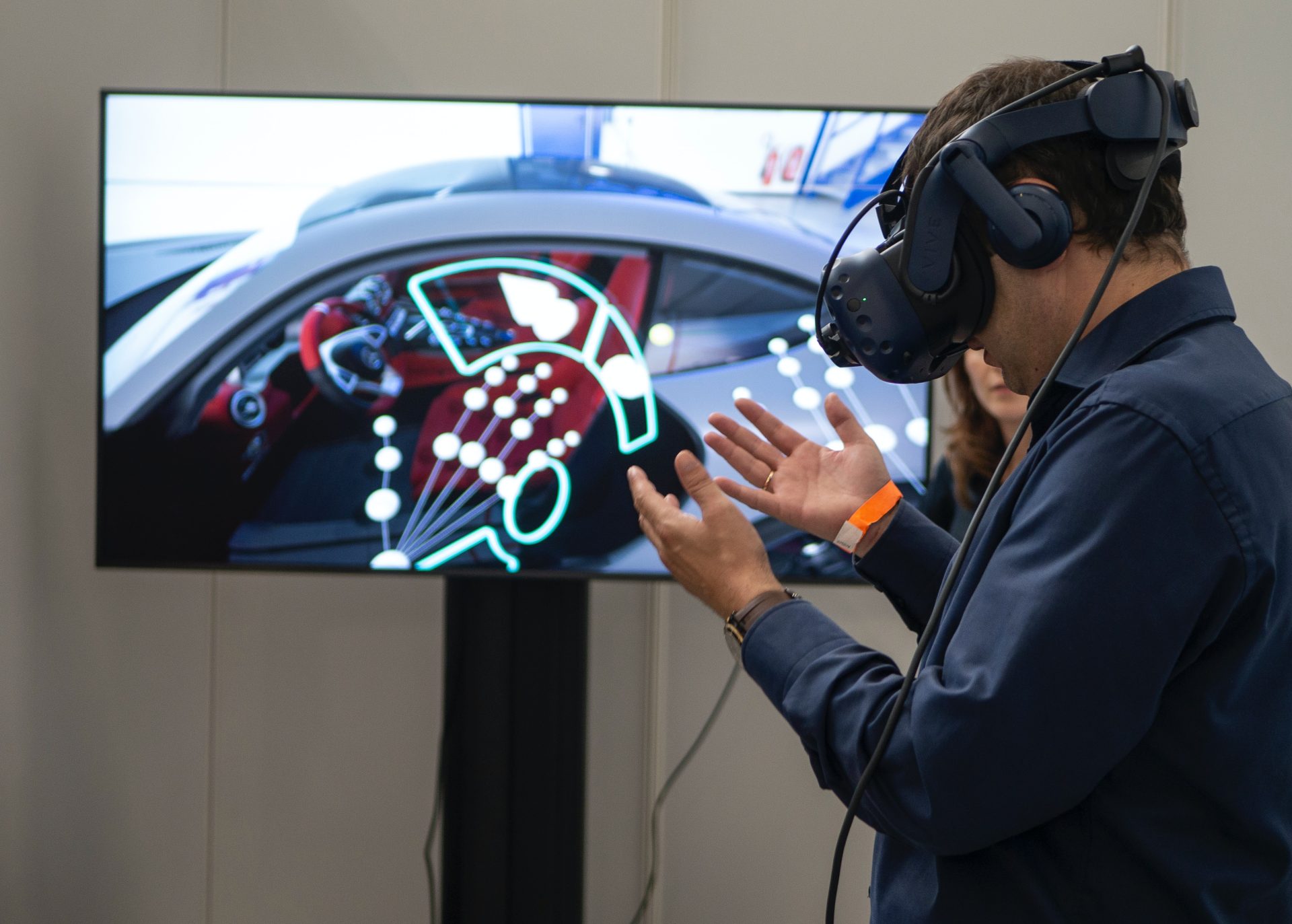Google, a global technology giant known for its innovative products and services, has recently faced a setback in its augmented reality (AR) division. The company’s AR software leader has left, citing concerns over Google’s unstable commitment and vision in this emerging field. This development raises questions about the future of Google’s AR endeavors and its ability to compete in the rapidly evolving AR market. In this article, we will delve into the details surrounding this departure, explore the implications for Google, and analyze the broader implications for the AR industry.
The now-departed AR software leader at Google was a highly regarded professional with a wealth of experience in the field. Having played a pivotal role in Google’s AR initiatives, this individual was responsible for leading a team of talented engineers and developers. Their departure signifies the loss of a key figure instrumental in shaping the company’s AR strategy.
According to reports, the AR software leader expressed concerns about Google’s commitment and vision in the AR space. This individual felt that the company’s approach lacked stability and failed to align with the rapidly evolving industry landscape. The software leader’s departure highlights a potential misalignment between Google’s strategic direction and the expectations of its AR team.
The departure of a high-ranking AR executive raises questions about Google’s future in this competitive sector. With the increasing popularity and utility of AR technologies, companies are investing heavily to gain a competitive edge. Google’s ability to attract and retain top talent is crucial for its AR initiatives, as it directly impacts the company’s ability to innovate and deliver cutting-edge AR products and services.
Google has a history of venturing into the AR space, with notable products such as Google Glass and ARCore. Google Glass, a pioneering AR wearable device, generated significant interest but faced challenges in gaining widespread adoption. ARCore, an AR development platform, aimed to empower developers to create AR experiences across various Android devices.
Google’s departure from the AR space comes at a time when competition is intensifying. Other tech giants, including Apple, Facebook, and Microsoft, have made significant strides in AR technology, launching innovative products and services. The departure of Google’s AR software leader may weaken the company’s position in this competitive landscape, allowing competitors to gain an advantage.
AR technology offers immense potential for Google, enabling new and immersive experiences across various industries. From retail and entertainment to healthcare and education, AR has the power to transform how we interact with the digital world. By investing in AR, Google can diversify its product portfolio and tap into new revenue streams.
Following the departure of the AR software leader, Google must prioritize filling this leadership vacuum to maintain momentum in the AR domain. The company needs a visionary leader who can inspire and guide the AR team, ensuring a cohesive and forward-thinking approach to AR development.
Google’s AR division must undergo a strategic reassessment to realign its goals and vision with the evolving AR landscape. This process involves evaluating market trends, analyzing competitor strategies, and identifying areas of differentiation. By recalibrating its approach, Google can regain its footing and position itself as a formidable player in the AR market.
To remain competitive in the AR industry, Google must invest in attracting top talent and fostering a culture of innovation. This includes recruiting experts in AR development, computer vision, and user experience design. Additionally, allocating resources to research and development will enable Google to stay at the forefront of AR technology advancements.
The departure of Google’s AR software leader reflects the challenges faced by companies in driving AR innovation. As the industry evolves, companies must navigate complex technological, regulatory, and strategic landscapes. The departure highlights the need for a clear vision, strong leadership, and organizational alignment to foster innovation in the AR space.
Google’s exit from the AR market creates opportunities for competitors to gain a larger market share. Companies such as Apple, Facebook, and Microsoft may seek to capitalize on Google’s absence by launching more advanced AR products and services. This intensified competition could lead to accelerated innovation and increased adoption of AR technologies.
The departure of Google’s AR software leader also raises questions about the impact on AR industry regulations. As AR technologies become more prevalent, governments and regulatory bodies may introduce new rules and guidelines to ensure the responsible and ethical use of AR. Google’s departure may influence the regulatory landscape, shaping the future of AR industry standards.
Google’s AR software leader’s departure due to concerns over the company’s commitment and vision sends ripples through the AR industry. As Google reevaluates its AR strategy and seeks to fill the leadership vacuum, the company faces both challenges and opportunities. The departure not only impacts Google’s AR endeavors but also has broader implications for the AR industry as a whole. As the industry continues to evolve, companies must adapt and innovate to stay ahead in this dynamic and promising field.
First reported by The Verge.










